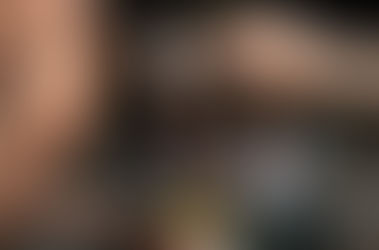photography - seeing from without
- Antoine Boesch

- Dec 4, 2014
- 3 min read

Not a violent father - just took my son to an arts and crafts workshop making masks !
In my blog post of 25 May 2014, I was listing my African photo books whilst expressing surprise (lamenting ?) that few, if any at all, were by African photographers (latest additions by Malick Sidibé, Seydou Keita, Jean-Baptiste Sevette "Les pâtres du Nil Blanc" and Bertrand Lambezat "Eve Noire" - the latter two being firm favourites).
It now seems that this realization, whether or not it's really insightful, is akin to, as we say in French, ramming in an open door.
The same observation could be made from my list of Afghan photo books (latest additions by Robert Nickelsberg "Afghanistan", Seamus Murphy "A darkness visible" and Larry Towell "Afghanistan"), Middle-East/desert/Arab world photo books, India photo books (with the notable exception of Raghu Rai) books by Salgado (he's neither an animal nor a tribesman - "Genesis" - nor a worker - "Workers" - nor a migrant - "Migrations" - nor an African - "Africa"), etc.
Take photo books on religion: Abbas ("In whose name", "Les enfants du lotus") is, I believe, a self-confessed agnostic or atheist, and Luis Monreal ("Oumma, Images d'un Islam Pluriel") is not a Muslim.
Two other examples from seminal photo books: "The Americans" was by Robert Frank, from Switzerland, and "Die Deutschen" by René Burri, also from Switzerland.
I have a fair few books of war photography; though some of these photographers may be peculiar characters, they'd probably recoil in horror at the thought of picking up weapons themselves.
Two broad exceptions I can think of off the top of my head: American photography - but the US is so huge and diversified that everyone's an outsider to any number of people and places - and French photography - but this probably has to do with historical reasons, France essentially being the birthplace of photography, and of a disproportionate number of early photographers.
I also have a wonderful little collection (from publisher Thircuir) of photos taken in China by Chinese photographers - though a) China, with its size and diversity is much like the US in this respect and b) most of these Chinese photograpers are probably best described as "artists using photography".
Point is, great photography stems from a certain distance between the photographer and his or her subject, a certain "otherness" that not only lets the photographer see things anew but compells him or her to question the subject.
This is probably why most fashion photography is so complacent and boring: it tends to be done by people from within, and lack any relief, any comment about fashion.
On the other hand, one of the books in my collection which I really, really love is "Im Diest" ("On duty") by Arnold Odermatt. Odermatt was a member of the police force of the central Swiss canton of Nidwalden and part of his job was to document police life in photography, mainly in the 60's and 70's. Odermatt took most, if not all, his photos, using a medium format camera (resulting in square photos). The framing is millimetre-perfect and this and the scenes photographed project a neatness and an athmosphere that is the perfect embodimemt of a certain "Swissness". I've absolutely no idea what Odermatt was thinking when he took his photos, but today, their quality and depth stem from a distance not necessarily between the photographer and his subject at the time, but rather between the photos and today's viewer, especially when the latter is possessed of some notion of this distance.
Come to think of it (depending of course on what Odermatt had in mind when pressing the shutter button), yet another demonstration that art, like beauty, is in the eye of the beholder (see my post of 28. Feb. 2014 for instance)




















Comments